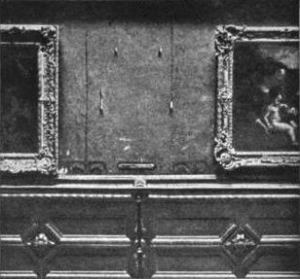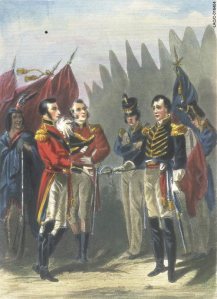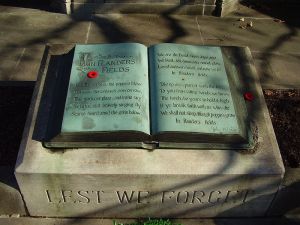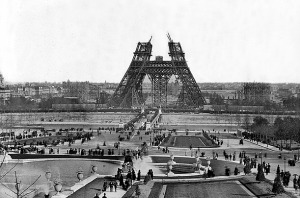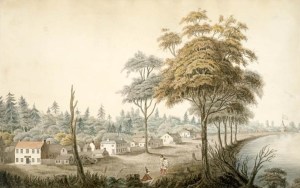On this day in 1911, the Mona Lisa (La Gioconda in Italian or La Joconde in French) by Leonardo da Vinci was stolen from the Louvre in Paris, France. Described as the “greatest art theft of the twentieth-century,” the Mona Lisa remained missing for two years before it was discovered in Florence, Italy in the hands of its thief, Vincenzo Peruggia.
On August 21st, 1911, Louis Béroud, an amateur walked into the Louvre, and went to the Salon Carré, where the Mona Lisa was displayed. When he arrived in the room he found that where the Mona Lisa should have hung, only four iron pegs remained. The Mona Lisa, one of the most famous works of art in the world, was stolen. Theories abounded as to the thief of the Mona Lisa. The French poet, Guillaume Apollinaire, who previously advocated burning the painting, was immediately implicated and arrested. Apollinaire accused Pablo Picasso of the theft after being thrown in jail; both were later acquitted however. Another rumour spread that blamed the theft on the German nationalists, in order to humiliate the French, defeated by the Germans in war a little of forty years prior.
It turned out it was not German nationalism, but Italian nationalism that proved the true culprit of the theft of the Mona Lisa. Over two years after the theft, in November 1913, a Florentine art dealer by the name of Alfred Geri received a letter from someone named “Leonardo” who offered to give the Mona Lisa to him in exchange for a reward. Geri then went to Giovanni Poggi, the director of the Uffizi Gallery in Florence, for advice on how to proceed. After taking the Mona Lisa for “safekeeping”, Geri and Poggi informed the Florentine police who then promptly arrested Vincenzo Peruggia as the thief of the Mona Lisa. In August 1911, Peruggia was employed at the Louvre, and on the 21st, lifted the Mona Lisa when the Salon Carré was empty. He then hid in a broom closet in the Louvre till the next day, where he left the Louvre with the Mona Lisa under an artist’s smock that he was wearing. As for his motive, Peruggia believed that the Mona Lisa was one of the greatest works by one of the greatest Italian artists. Consequently, Peruggia believed that the Mona Lisa should be exhibited in an Italian museum, not the foreign, Parisian Louvre.
Peruggia went on to serve six months jail time for his crime, however he was praised all over Italy. Peruggia later on served in the Italian army during the First World War, The Mona Lisa was displayed all over Italy and then returned back to Louvre by the end of 1913. Peruggia’s theft of the Mona Lisa was the only theft of the painting in its history, however it has been at risk of damage since 1911. In 1956, the Mona Lisa survived having acid and a rock thrown at it. Luckily the 1956 attacks were minor enough that restoration of the Mona Lisa was possible. Afterwards, a bulletproof glass was put in place to protect the painting. This bulletproof glass proved invaluable in deterring red paint being thrown at the Mona Lisa in 1974 and a tea mug projectile in 2009. Mona Lisa‘s famous smile and gaze remains available for all to see at the Louvre, after being stolen and recovered almost one hundred years ago.

